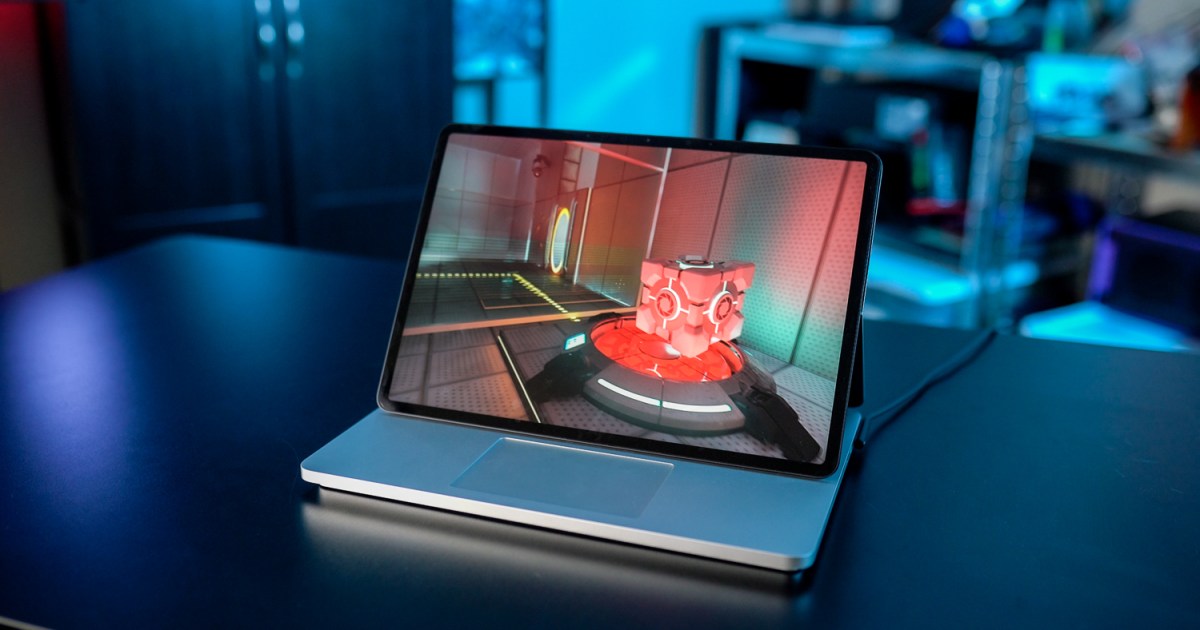While each country has adapted the shape of chopsticks and the material from which they are made to suit its culture, there isn’t much divergence in how they used. Two dominant ways of holding chopsticks prevail.
A paper published in the Journal of Physiological Anthropology described these two methods as the “traditional pincers-pinching mode” and the “scissors-pinching mode”. Both techniques are effective, but the former is more customary, the researchers explained. Here’s how to get a grip on both.
First, make sure the thinner ends of your chopsticks are pointing away from your hand, and that they’re perfectly parallel to start with.
With the traditional pincers-pinching mode, you’ll want to place your first chopstick in the crook of your thumb and support it with your ring finger (where your cuticle is).
Then rest your second chopstick between your index finger and your thumb, just like you would hold a pencil.
Lastly, keep your first chopstick still as you lift the second one up and down using only your index and middle fingers like a lever. And there you have it: the basic motion that allows you to grab a food item.
The scissors-pinching mode isn’t too different. Follow all the same steps as you would for the other method, but move both chopsticks instead of just one as you open and close them.

It sounds easy on paper, but don’t give up if you don’t master the skill immediately – good things take time.
If all else fails, try starting out with some training chopsticks. They’re designed to ease you into the motor skill of opening up the two sticks, and come in different models to suit your learning style.
Cultural etiquette
Your chopstick education doesn’t stop here, though. Understanding chopstick customs across cultures is just as important as learning how to use the utensil physically.
In China and Korea, for instance, it’s considered taboo to stick chopsticks upright in a bowl of rice, as it resembles incense stick offerings made to the dead. The action can cause severe offence to the person sitting across from you, and understandably so: you’re essentially wishing death upon them.

Chinese diners use communal chopsticks to pick up food that’s shared among the table, as opposed to personal chopsticks, which are used to deliver food into your mouth. According to a 2022 article in the International Journal of Consumer Studies, the main purpose of this custom is to maintain good hygiene while dining.
As for Japanese etiquette, it’s advised that you refrain from rubbing your bamboo chopsticks together after tearing them apart. Having to personally smooth out the bamboo splinters shows a lack of trust in the quality of the chopsticks you’re using, and could offend the host of the establishment you’re dining in.
Such nuances in table manners speak to the cultures behind chopsticks and their use, and are worth keeping in mind as we carry forth the tradition of using them in our dining rituals today.







